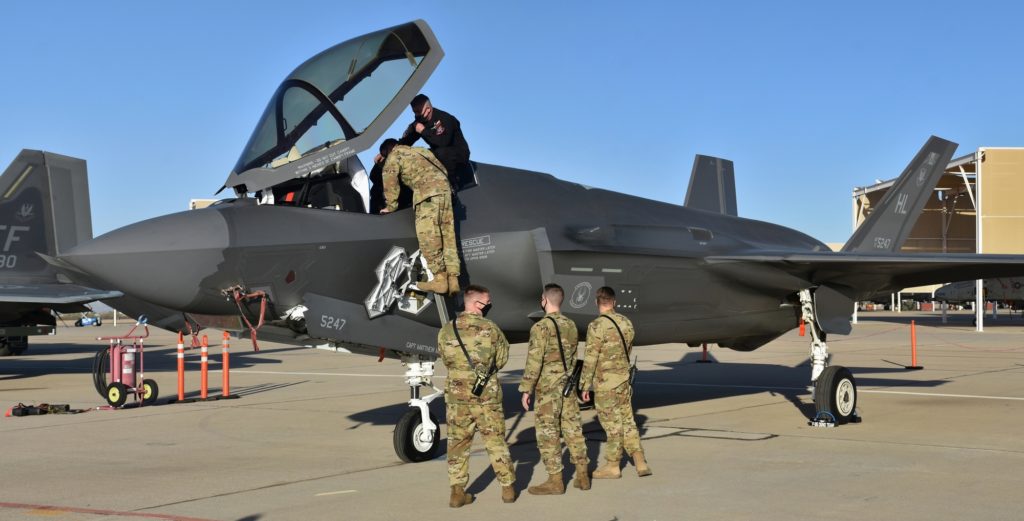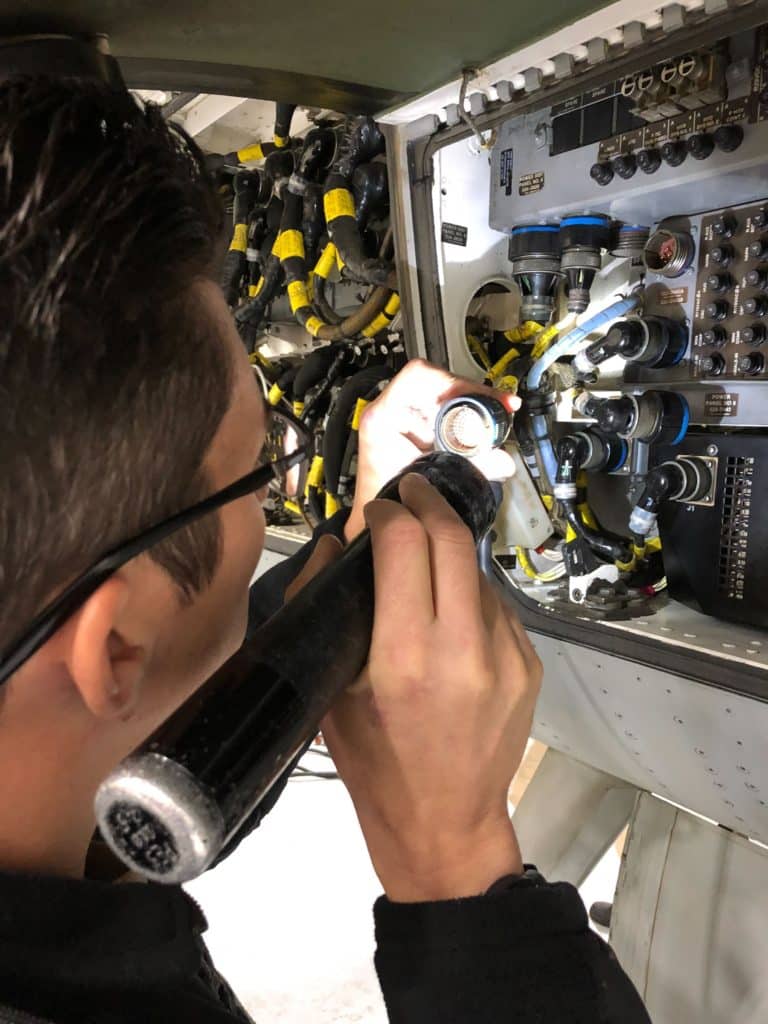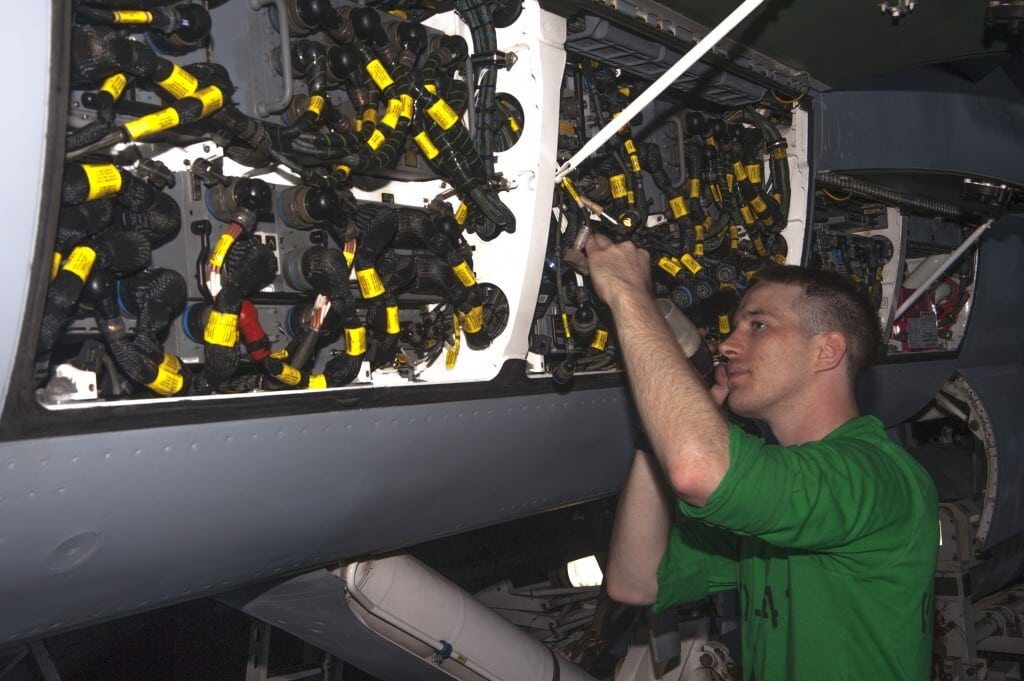
F-35, the ACE concept linchpin, suffers immensely from intermittence, degrading Air Force combat capability
Almost 7 1/2 months into the Russian-Ukraine war, military operations have stalled, winter is setting in and Vladimir Putin and the “Red Machine” are left asking, “What went wrong?” Prior to and as the invasion occurred, strategists, think tanks, etc. had similar sentiments as the Center for Strategic and International Studies. In their January 13, 2022 brief, Russia’s possible Invasion of Ukraine, CSIS stated, “If fully committed, the Russian military is significantly stronger and more capable than Ukraine’s military.” Russia believed the Ukraine engagement would not last long due to their superior combat capability. However, the Washington Post article, Rapid Loss of Territory in Ukraine reveals spent Russian Military (Sonne et al., 2022), revealed Russian leadership failed to acknowledge some of their weaknesses. A Russian Readiness Fallacy existed damning their combat operations. Paul Sonne et. al expertly writes “The Russian military was “riven with all kinds of weaknesses that were not apparent to the leadership and probably should have been” at the outset of their Feb. 24 invasion, according to a senior U.S. defense official…”A lot of the key elements of a strong defense are the capabilities of your soldiers, the capabilities of logistics, and command, and we’ve seen fractures in all of those elements, and they played out in many places over time in the East.”
“The Russian military was “riven with all kinds of weaknesses that were not apparent to the leadership and probably should have been” at the outset of their Feb. 24 invasion, according to a senior U.S. defense official…”
After reading Sonne’s article, I was surprised how ineffective and ill prepared the Russian military was to rapidly achieve mission success. It made me wonder how the US military, particularly the Air Force, would do in a peer-to-peer engagement while trying to attempt the Air Force’s new maneuver scheme, Agile Combat Employment (ACE) given current logistical challenges. What weaknesses are being overlooked by the Air Force? What logistical challenges will manifest when logistics operations are severely crippled or rendered ineffective? Better stated, is the Air Force’s past success clouding judgement and creating a war-time readiness fallacy?

Maintainers try to find a needle in a haystack daily
Although many logistical challenges exist in a peer-to-peer engagement, such as personnel experience, outrunning supply lines, diminished supply, etc. Most, if not all, are micro analyzed, exquisitely funded, and known by every Air Force Senior Logistician (if not, they should be). However, there is an elusive logistical challenge waiting in the shadows during regular day to day operations ready to cripple the Air Force’s combat airpower during a peer-to-peer engagement. If not addressed, this elusive challenge will render the ACE concept ineffective. This challenge is intermittence.
Intermittence in its simplest form is a random signal disruption in time, place, amplitude, and duration created through environmental stimulus, such as temperature and vibration. A seemingly innocuous 50 nanosecond lapse of electrical stimulus can lock up radars, cause GPS malfunctions and ground critical missions. The gooey materials (solder, copper, aluminum) all become very malleable under extreme heat while also becoming very rigid and stiff under extreme cold. The repeated sequence of takeoff and landing create extreme pressure and temperature differentials. Cycling between the ground and 40K feet and a temperature range between 130 to -70 degrees Fahrenheit creates microscopic fractures in the gooey material also known as material fatigue before hard failure. These micro fractures permeate through the line replaceable units, wire bundles, and connectors causing degraded mission success or even mission failure.
Once on the ground, the elusive problems, glitches, or “gremlins”, become a maintenance nightmare. These gremlins, due to their random nature, appear and disappear under certain conditions and flight profiles, some of which cannot be duplicated on the ground and resulting in a No Fault Found (NFF) or Can Not Duplicate (CND) repair action. Moreover, troubleshooting and swapping electronics to find the problem (“Swaptronics”) not only fail to resolve the issue but can sometimes induce or exacerbate problems on the aircraft preventing a root-cause solution.
Once on the ground, the elusive problems, glitches, or “gremlins”, become a maintenance nightmare. These gremlins, due to their random nature, appear and disappear under certain conditions and flight profiles, some of which cannot be duplicated on the ground and resulting in a No Fault Found (NFF) or Can Not Duplicate (CND) repair action.
Given the complexity of the problem on the ground, intermittence must be addressed for the new Air Combat Command scheme of maneuver ACE to be successful. ACE is rapid, expeditious, light, lean, and lethal by design. The concept relies on multi-capable maintainers being able to sustain and generate aircraft. Air Force Doctrine Note 1-21 states, “ACE shifts operations from centralized physical infrastructures to a network of smaller, dispersed locations that can complicate adversary planning and provide more options for joint force commanders. Its value is derived from the ability to hold adversary targets at risk from multiple locations that are defensible, sustainable, and relocatable. Airmen should expect to conduct operations at a speed, scope, complexity, and scale exceeding recent campaigns from distributed locations.” ACE employment capability sounds great in a lab or an academic setting; however, many assumptions with logistics and sustainment must occur in order to achieve success.
To believe the Air Force can engage in such operations and achieve success today is a fallacy. ACE concept places operations under extreme combat engagement, the ACE concept will break under intense logistical and sustainment pressure. For example, the dispersed operation expectations and the speed at which the Air Force will be expected to maneuver will place excruciating strain on the spares pool. The spares pool size will have to increase while the velocity at which maintenance units receive required spares increases. Additionally, creating a bloated spares pool will require additional funding and warehousing which presents enormous funding and capability gaps between today and future maneuver strategies. Moreover, the speed at which maintenance must conduct repair operations in a contested environment will be challenging. These challenges could prove insurmountable. The good news is these types of challenges are known and somewhat predictable. Intermittence is not!
To believe the Air Force can engage in such operations and achieve success today is a fallacy.
Conducting high ops tempo from a remote location limits the number of aircraft to conduct operations. Each individual location becomes a small hub of Low Density, High Demand assets. The ACE concept removes the “iron mountain” of aircraft, parts, and supplies which has masked intermittence and unreliable assets.
“Go to the spare” is a cringe-worthy term for aircraft maintenance professionals. Unfortunately, the ACE concept renders “Go to the spare” a useless statement. Agile Combat Employment increases the criticality of each operational aircraft and part necessary to achieve mission success. All aircraft will be needed, and maintenance professionals will have to contend with “the enemy from within”—intermittence. In the ACE environment, aircraft will have to be generated at a rate not seen at today’s overseas basing locations such as Al Udeid and Qatar. ACE combat operations will not be able to absorb aircraft downtime of 49 and 80 days for seemingly routine tasks such as troubleshooting inoperative fuel float valves and Auxiliary Power Unit / Integrated Power Package issues. Furthermore, intermittent actuators (4-hour maintenance task) causing aircraft to be grounded for four to five days will no longer be acceptable because spare aircraft and parts will no longer be available. Due to intermittence size and scope the anecdotes above may become the rule rather than the exception.

Undetected and unrepaired intermittent faults manifest as NFF or CND and cause many DoD weapon systems to malfunction during operation
The pervasive intermittent problem is not localized in certain weapon systems and combat vehicles. Intermittence exists in all Department of Defense (DoD) platforms. The annual $5.5B dollar cost and 383k days of non-availability annually, recently reported by the Office of the Secretary of Defense, continues to erode combat capability daily. Currently, intermittence unnecessarily absorbs 47% of the DoD’s avionics maintenance budget. At the present increase rate (5% annual increase and with a static budget), 100% of the DoD’s annual avionics maintenance budget will be consumed by 2030. Given the problems enormity, it is unfortunate intermittence’s impacts are not well known, nor are they holistically being addressed. Luckily, the DoD and the Air Force have started to recognize and try to better understand the intermittence problem. In recent months, intermittence has risen to a prominent discussion level never achieved in the DoD. Senior leaders across the enterprise are trying to better understand the issue; however, highlighting and knowing about the problem is only half the battle. Action must occur.
Action must occur.
First, Air Force leadership at the Secretary of the Air Force and Chief of Staff’s level must initiate a call to action or a movement to arouse the collective and focus AF sustainment efforts on attacking intermittence at all levels of materiel production and sustainment (manufacturing, field level, and depot). If not, intermittence will derail the intricate and exquisite ACE scheme of maneuver.
Second, Air Force leaders must begin to control the problem –contain the contagion if you will. Senior AF leaders must mandate acquisition standards ensuring Original Equipment Manufacturers (OEM) deliver intermittent free weapon systems and reparables to the Air Force. During intermittence tests on the F/A-18 Generator Control Unit, the same GCU in the F-15, efforts revealed a quality defect on the OEM motherboard. This discovery, along with extensive intermittent testing, resulted in a GCU increase of time on wing of 3x and the GCU no longer being on the F/A-18 top ten MICAP list for the first time in the aircraft’s history. This feat would not have occurred had the OEM quality escape not been discovered and prevented from entering the Navy supply system.
Third, Air Force sustainment leaders must vigorously attack intermittent degraded weapon systems/capabilities exhibiting high NFF/CND rates. They must test high driver systems. Once the high drivers are “cured”, they must move to the next five or ten. With a slow and methodical approach to solving intermittency, the GAO estimates tackling the problem will yield a $6B cost avoidance and a 50% readiness increase.
Finally, this is an iterative process requiring diligence, determination, and steadfast leadership. Combating intermittence is not a sprint but rather a long and arduous marathon. Air Force sustainment experts must be willing to systematically engage the highest priority problems with a standardized, repeatable process. In doing so, aircraft, weapon systems and combat capability will be healthier across the entire capability spectrum. This laser focus on intermittence will not only increase readiness across platforms, it will also remove an overarching Achilles heel to the Air Force’s Agile Combat Employment scheme of maneuver. Moreover, a war-time readiness fallacy, with respect to intermittence, will cease to exist.

